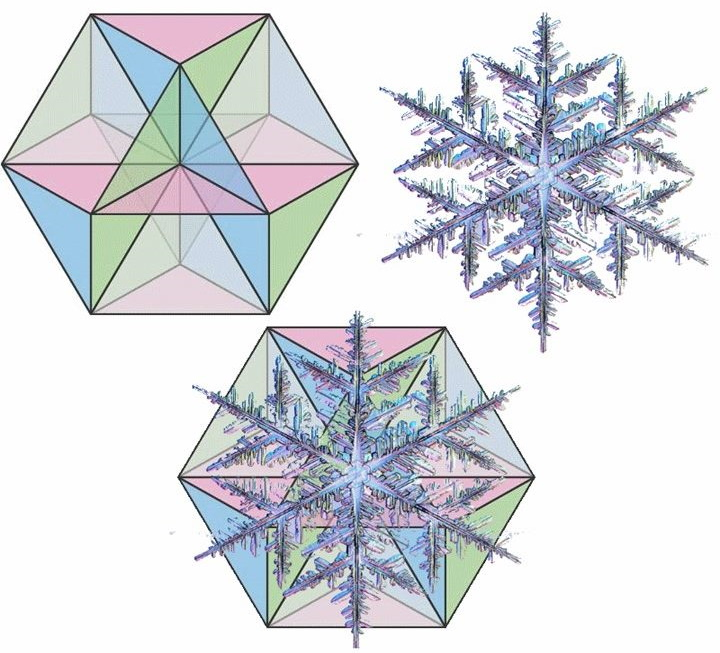I came across the question after watching a video (Heat Death) regarding the heat death of the universe and my question serves as such:
I understand this universe is constantly going from a state of order to chaos i.e., a state of high entropy to lower entropy and in such a way I understand that entropy is the probabilistic measure of order in a closed system within a certain window of time, but this personally brings up a lot of questions in the philosophical sense.
It is mentioned in the video that the origins of the universe had high entropy, what caused such high entropy if it seems like the universe is going towards a state of low entropy, in our current time? Is it God? Is this the only indication/proof we have for the beginning of the universe? What if we didn't have an understanding of entropy which will in turn might affect our understanding of the Cosmic Microwave Background, would we not have been certain as to the existence of the 'beginning' of the Universe?
I understand the intuitive reason as to why scientists claim that we move from order to chaos but can one not have a negative perspective on the words and so consecutively attribute higher entropy to chaos and lower entropy to order, in where one can view the spreading out of energy throughout a given system could be said to be "fair/orderly and uniform" and the hoarding of energy to a given local would be "selfish/chaotic and disordered". I understand that this is highly anthropomorphic but why wouldn't such descriptors work?
In such a way instead of viewing the heat death as something that is quite chaotic, one could view it as uniform and spread out equally, poetically speaking "peaceful, balanced and uniform". Is this a viable/justifiable view to have?
P.S. I understand it is a lot of questions but an answer to a few of my questions will suffice. Thank you.







